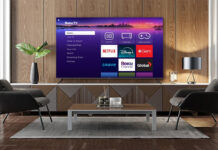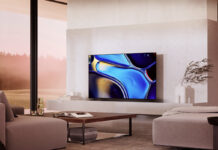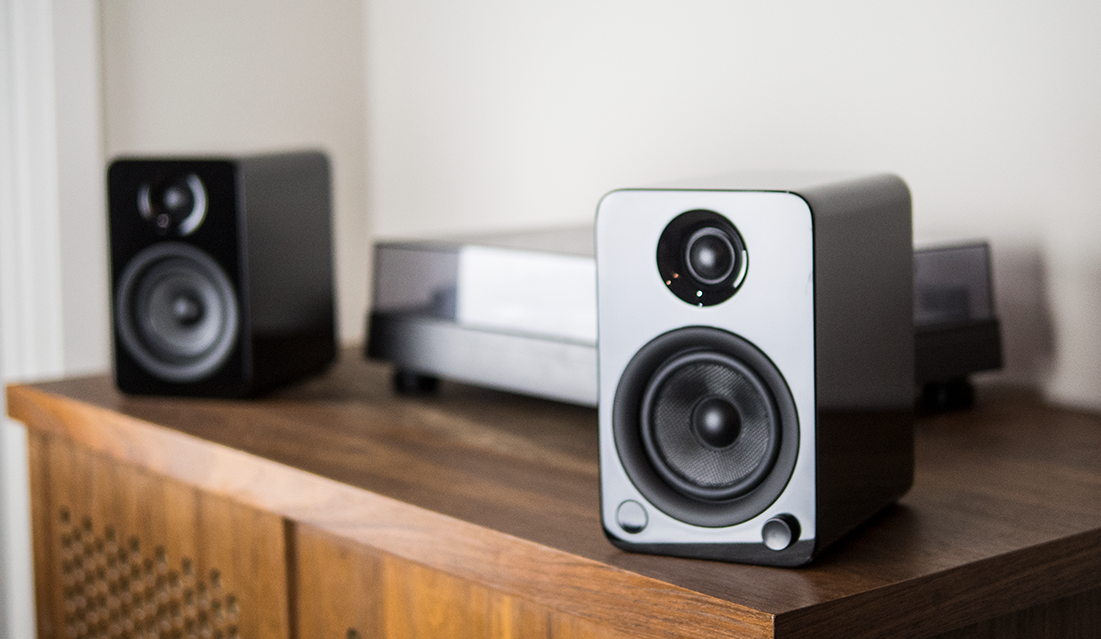
The YU series of speakers from Canadian company, Kanto, make accessing all of your music incredibly simple no matter what format it is in. This blog will review the YU2, YU4, and YU6 series of speakers and give you an idea of why these may well be the speakers you’ve been looking for.
Founded in 2007 and based out of the Greater Vancouver area, Kanto designs and makes speakers, subwoofers, speaker stands, and cables. According to their website (kantoaudio.com) their vision is to “build quality products with style – and offer excellent value to customers throughout their life cycle”. Now, while I am unable to attest to any long term value or product longevity as this is my first foray into the world of Kanto products, I can indeed say “vision achieved” when it comes to quality and style. Aesthetically, all three models under review are alarmingly elegant in their simplicity. Amazing contours and sleek lines do nothing to hide or take away from the quality of the builds or the performance on offer. I had all 3 models for several weeks and put them through their paces. I will discuss all three here on their own merits and I also have a brief video that tests them out.
Kanto YU2 Powered Desktop Speakers
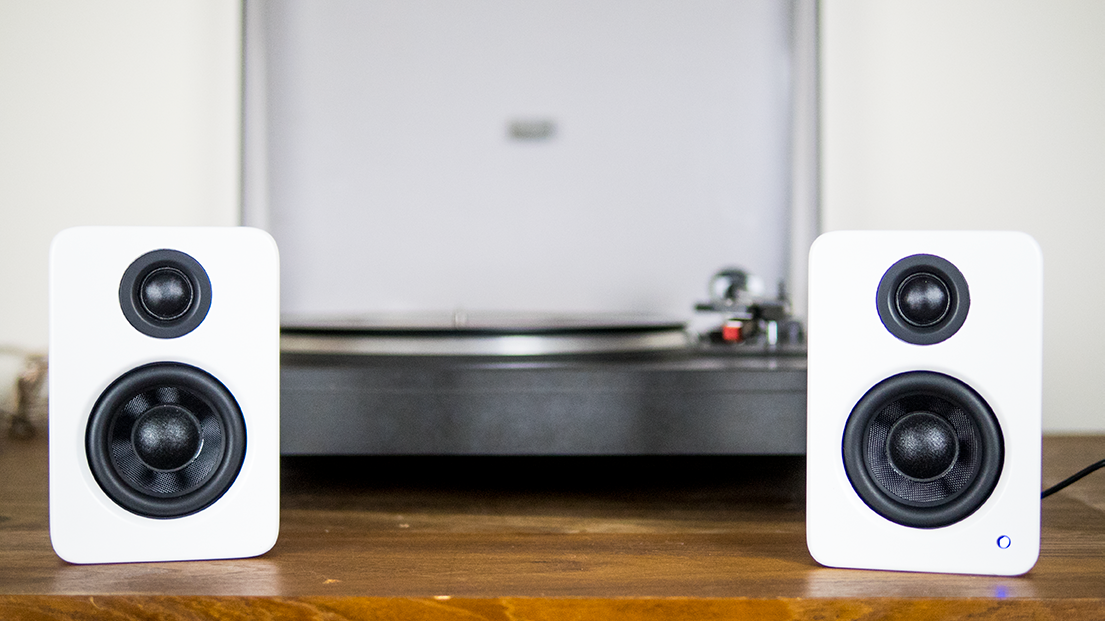 The Kanto YU2 is the smallest of the 3 sets under review but do not let the slight size fool you when it comes to volume or clarity. Marketed as “desktop speakers” and referred to on the Kanto website as a “desktop mini-monitor”, the YU2 stands 5.9” tall, 3.9” wide, and 5.3” deep. As such, little real estate is taken on your desk or shelf. The YU2 has a 3” composite woofer and a ¾” silk dome tweeter and has a peak power output of 100 watts. There is a bass port on the rear of the speaker that was designed to help with bass response and eliminate low frequency turbulence. On the theme of bass, there is also a subwoofer out jack on the back of the speaker to add even more meat to your music.
The Kanto YU2 is the smallest of the 3 sets under review but do not let the slight size fool you when it comes to volume or clarity. Marketed as “desktop speakers” and referred to on the Kanto website as a “desktop mini-monitor”, the YU2 stands 5.9” tall, 3.9” wide, and 5.3” deep. As such, little real estate is taken on your desk or shelf. The YU2 has a 3” composite woofer and a ¾” silk dome tweeter and has a peak power output of 100 watts. There is a bass port on the rear of the speaker that was designed to help with bass response and eliminate low frequency turbulence. On the theme of bass, there is also a subwoofer out jack on the back of the speaker to add even more meat to your music.

All of the YU series feature a powered speaker and a passive speaker. The primary speaker is powered as it features a built-in amplifier and soundcard that allows you to connect directly to a computer using a USB DAC (Digital to Audio Converter) cable and providing a high quality audio connection. There is also an AUX (auxiliary) connection featuring a 3.5mm jack input for connecting with your tablet, smartphone, or other devices. Both the 3.5mm cable and the USB DAC cable are provided with the speakers which is nice as that isn’t always the case. The rear of the active speaker also features a volume know which also turn the power on and off for the speakers. Finally, there are right and left speaker terminals to which you connect the (included) speaker wire and run it to the passive speaker which also (and only) features right and left speaker terminals on the rear.
The YU2 speakers I had were gloss white but all YU speakers are available in 8 eye catching colour configurations. There are White Gloss and White Matte, Black Gloss and Black Matte, Bamboo, Teal Gloss, Red Gloss, and Grey Matte. Plenty of attractive choices so that beyond great sound, you can mix and match to suit décor. The YU2 speakers also come with a power cord, manual, and rubber feet to install on the speakers. As simple as that, you are ready to play music.
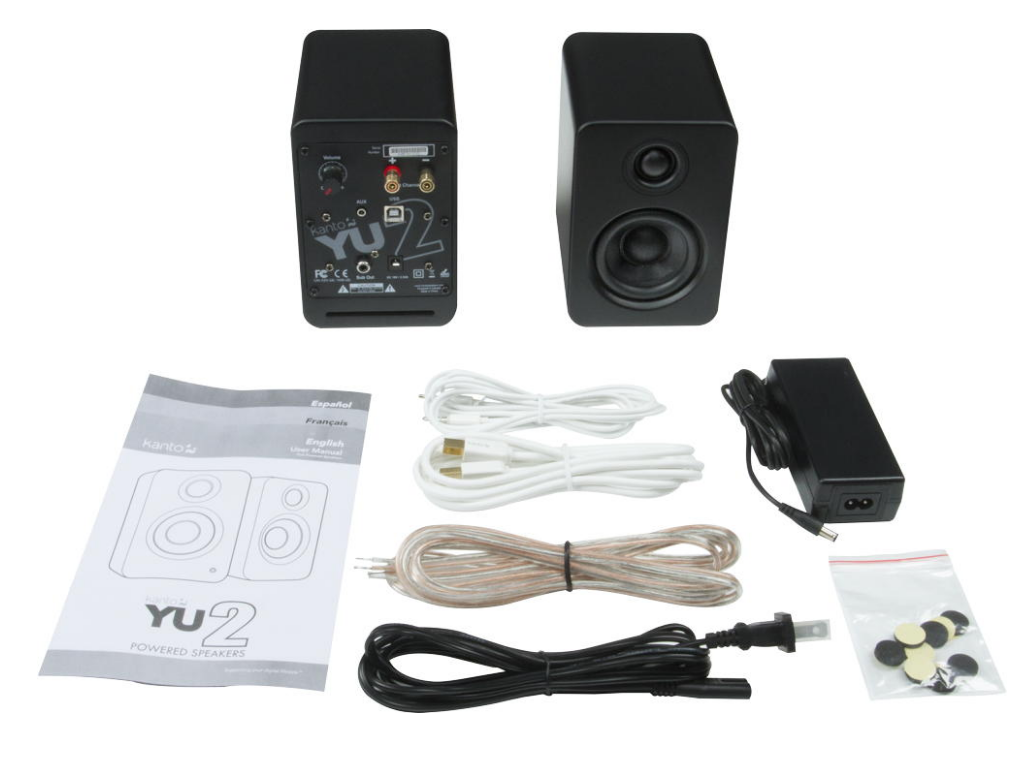 To say I was shocked by the sound of these would be an understatement. While I am discussing the YU2 speakers first here, they were actually the second pair that I tried after the YU4 set. As they were considerably smaller I had expected a sharp drop in quality and volume and that in fact never happened. I found that even at fairly significant volumes, the YU2 speakers didn’t distort and the sound retained significant clarity. Granted, I didn’t totally crank the volume but I also didn’t need to as the music filled the room more than adequately at less than medium volume levels.
To say I was shocked by the sound of these would be an understatement. While I am discussing the YU2 speakers first here, they were actually the second pair that I tried after the YU4 set. As they were considerably smaller I had expected a sharp drop in quality and volume and that in fact never happened. I found that even at fairly significant volumes, the YU2 speakers didn’t distort and the sound retained significant clarity. Granted, I didn’t totally crank the volume but I also didn’t need to as the music filled the room more than adequately at less than medium volume levels.
You can get a feeling for that in the attached video test but I realize that is dependent not only on the recording I make but the way you are listening to it. It will sound much better on your desktop PC with good speakers (imagine how good it would sound with a set of Kanto YU2 speakers) than it will on your phone’s speaker. And that isn’t even considering the compression of the audio by YouTube but I still hope it gives you an idea of the amazing audio quality that all 3 speakers put out. I simply set a Zoom H5 audio recorder about 6 feet in front of the speakers and recorded the room as music played. I did not apply any effects before or after so what you are hearing for all 3 speakers is exactly as it sounded in my listening room. For the sound quality they provide, the flexibility in what they can play for you, and the ease with which this all happens, the YU2 speakers from Kanto are definitely worth investigating.
Kanto YU4 Powered Bookshelf Speakers

As great as the YU2 speakers are, the step up to the YU4 set is significant, if not in sound quality or size then definitely in features. Besides upping the output wattage to 140, the YU4 has 4” Kevlar drivers and 1” silk dome tweeters that produce amazingly clear and rich audio at any volume level. But it is the connectivity that takes the YU4 well past the YU2. In addition to the 3.5mm AUX input found on its smaller sibling, the YU4 also features a built-in phono preamp and ground terminal that allows you to directly connect a turntable and play all of your favourite vinyl records. Want to connect a CD player or a cassette player? Heck, want to connect an 8-track player? The YU4 also has the requisite RCA and/or optical digital inputs for doing exactly that. It also has Bluetooth connectivity for you to stream from a phone, tablet, or computer.
 The YU4 speakers stand 8.7” tall, 5.5” wide, and 7.5” deep with the active speaker weighing 6.9 lbs and the passive speaker tipping the scale at 5.5lbs. Rather than having the volume knob on the back, the YU4 features it on the front in an easy to access dial that effortlessly blends in with the modernist visual aesthetic of the speakers. Push it in and hold to turn on or off the standby feature or simply push it to cycle through the available input options. Turn up or down for volume. Simple, effective, and attractive. There is still an on/off switch on the back of the YU4 or you can turn the speakers on or off with the included remote control. The remote also controls volume, changes inputs, and changes tone or balance levels.
The YU4 speakers stand 8.7” tall, 5.5” wide, and 7.5” deep with the active speaker weighing 6.9 lbs and the passive speaker tipping the scale at 5.5lbs. Rather than having the volume knob on the back, the YU4 features it on the front in an easy to access dial that effortlessly blends in with the modernist visual aesthetic of the speakers. Push it in and hold to turn on or off the standby feature or simply push it to cycle through the available input options. Turn up or down for volume. Simple, effective, and attractive. There is still an on/off switch on the back of the YU4 or you can turn the speakers on or off with the included remote control. The remote also controls volume, changes inputs, and changes tone or balance levels.
Using the YU4 Speakers

It really couldn’t have been any easier to set up and use the YU4 speakers. They were out of the box, connected to my turntable, and plugged in within minutes. I turned them on and started to play a record and it was truly amazing. Loud and crisp is how I would describe the audio that was produced. I played a few different genres of music to get a feel for how different songs were aurally reproduced and whether it was the Beastie Boys, Nirvana, Florence and the Machine, or Motorhead I couldn’t have been happier. Even my wife, who generally doesn’t care that much about such electronic things, was taken in immediately by how they looked. When I started to play some music all she wanted to know was if we got to keep them. I sadly said no and she mentioned that we had better get some of our own then.
 I did not use the RCA connection (aside from the turntable) to try a CD but I did play music from my phone and ipad as well as streaming music over Bluetooth. When using Bluetooth, you should remember that you are taking a compressed audio file (mp3) and compressing it further to transmit and stream so the quality isn’t ideal. If all you are doing is using Bluetooth then it is what it is but as I switched from streaming over the 3.5mm cable AUX connection to streaming the same song through Bluetooth you really can hear the difference in quality. Whenever possible, you are always better off with a wired connection and despite the fact that Bluetooth streaming is getting better, there is still an appreciable drop in quality but it is also nice to have that option available.
I did not use the RCA connection (aside from the turntable) to try a CD but I did play music from my phone and ipad as well as streaming music over Bluetooth. When using Bluetooth, you should remember that you are taking a compressed audio file (mp3) and compressing it further to transmit and stream so the quality isn’t ideal. If all you are doing is using Bluetooth then it is what it is but as I switched from streaming over the 3.5mm cable AUX connection to streaming the same song through Bluetooth you really can hear the difference in quality. Whenever possible, you are always better off with a wired connection and despite the fact that Bluetooth streaming is getting better, there is still an appreciable drop in quality but it is also nice to have that option available.
Kanto YU6 Powered Bookshelf Speakers
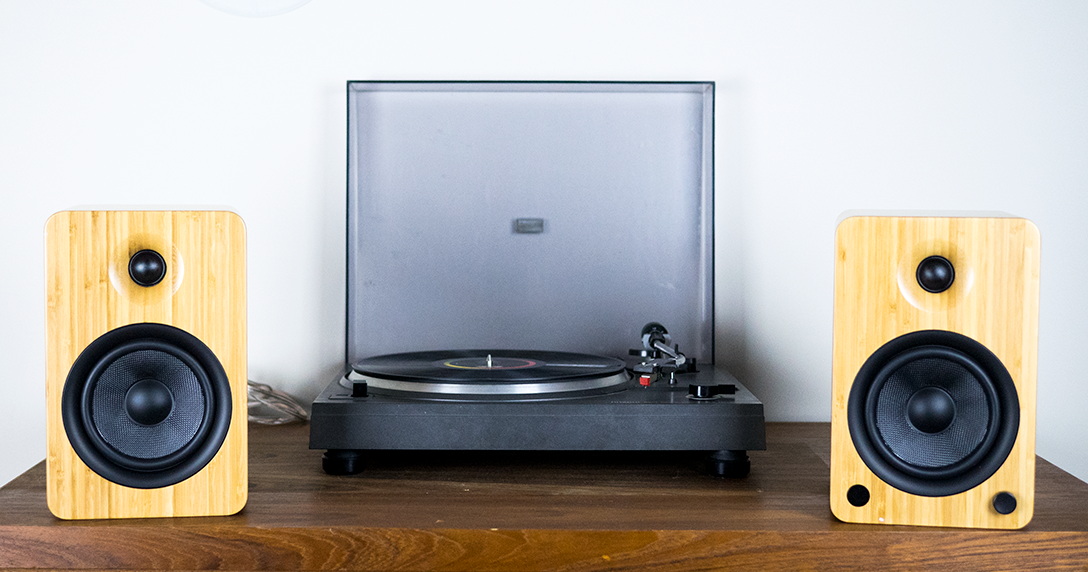
The YU6 ups the output to an even 200W peak power and they aren’t afraid to it. It features 5.25” Kevlar drivers and a 1” silk dome tweeter and like both the YU2 and YU4 models, offers up a clarity of sound that precisely recreates your music and presents it to you on a silver (or perhaps Kevlar?) platter. The YU6 speakers filled my listening room in ways that speakers twice their size and cost can’t achieve. Featuring all of the same connections and options as the YU4, the YU6 simply increases the power and output suited to even relatively large spaces as the speakers move air with seeming ease.
 Again I played music with my turntable, phone/ipad, and over Bluetooth and the same rules as stated above apply. My turntable is currently connected to my entire home theatre setup and I have to run it through a separate phono preamp as my receiver does not have one. With the YU6 speakers I could totally divorce the record player from everything else and have a simple setup with just the turntable and the speakers which would also let me connect my mobile devices when required. If nothing else, the Kanto YU series of speakers provide you with options galore from format of music you wish to access to how you want your room to look and sound.
Again I played music with my turntable, phone/ipad, and over Bluetooth and the same rules as stated above apply. My turntable is currently connected to my entire home theatre setup and I have to run it through a separate phono preamp as my receiver does not have one. With the YU6 speakers I could totally divorce the record player from everything else and have a simple setup with just the turntable and the speakers which would also let me connect my mobile devices when required. If nothing else, the Kanto YU series of speakers provide you with options galore from format of music you wish to access to how you want your room to look and sound.
A speaker for every need
Depending on your needs, your space, and your budget, you’d be hard pressed not to find a Kanto speaker that wouldn’t fit your needs. Both simple and gorgeous while also providing exceptional audio quality, I would suggest that if you are in the market for speakers and there is even a chance that the YU series from Kanto might fit the bill that you swing by your local Best Buy store and check them out. I have a feeling you will be glad that you did.


